The artificial intelligence (AI) race between the world’s two biggest powers is moving into the classroom. While Beijing and Washington escalate tensions over semiconductors, the quietest and most lasting battle is taking place under school roofs.
In the US, AI training has been gaining more attention, especially under President Donald Trump. He signed an executive order to promote AI teaching for the country's youth. On May 5, more than 250 CEOs signed an open letter calling for mandatory AI and computer science teaching to keep the country competitive. Efforts to expand AI teaching have stopped at the state level.
China did the same but went one step ahead of the US by announcing AI as a compulsory subject for primary and secondary schools nationwide, starting from the 2025-2026 school year.
Training AI from "young bamboo shoots"
Under the new policy, Chinese students will be required to receive at least eight hours of AI instruction each year. The lessons will be integrated into subjects such as math, science, and computer science, or as a standalone course, depending on each school’s resources.
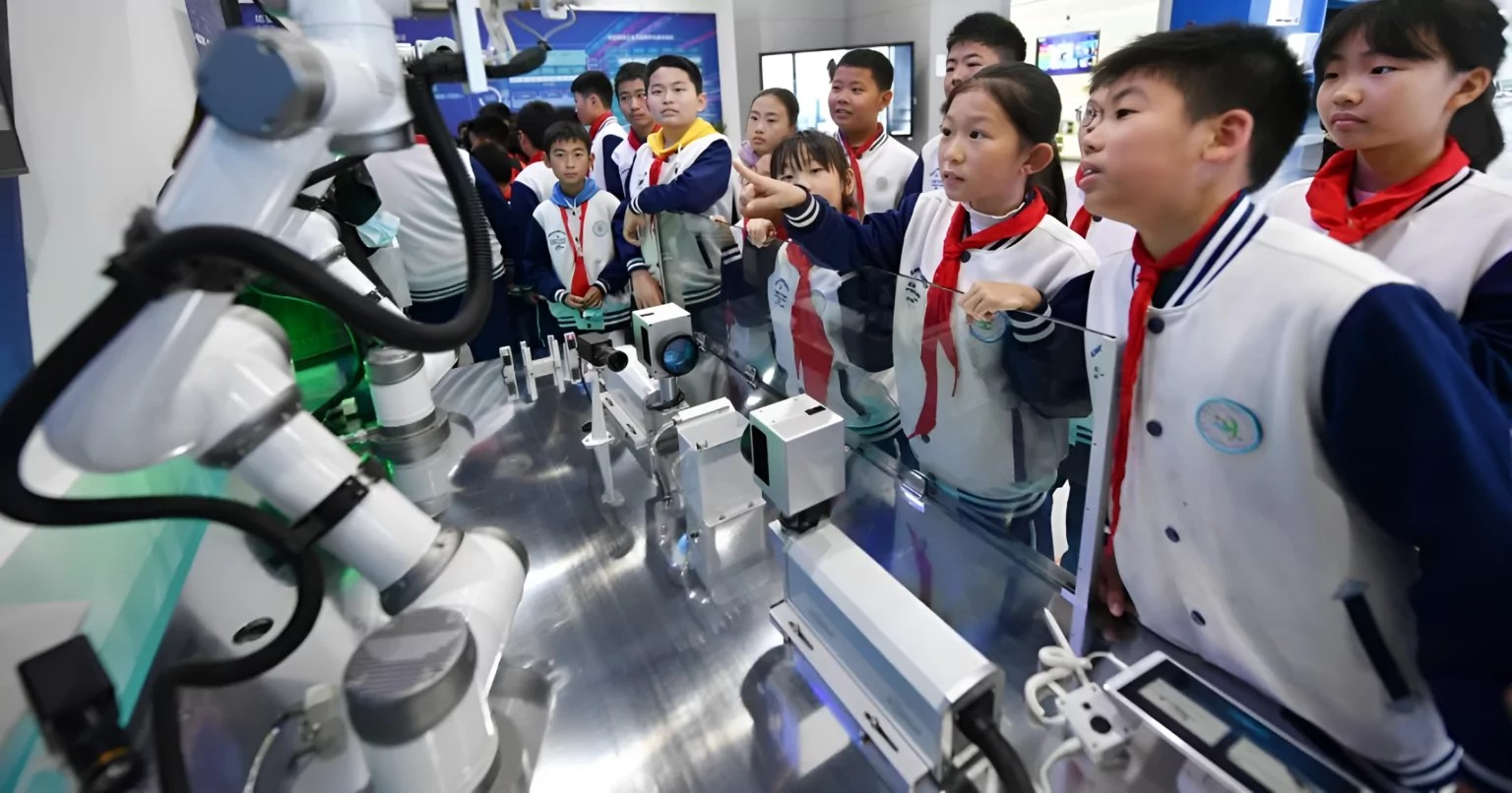
To ensure age-appropriate AI content, China's Ministry of Education has issued general guidelines: grades 1 to 3 learn how to use AI in daily life; grades 4 to 6 get acquainted with basic programming and automation projects; middle school students are exposed to neural networks, data training, and responsible use of AI.
The initiative is part of Beijing's long-term AI development strategy, with the goal of becoming an AI superpower by 2030. The government hopes to train a workforce proficient in the technology, ready to compete in the digital economy.
Education Minister Huai Jinpeng stressed the role of AI in shaping the future of society, calling it a “transformative force in every industry.” He also said a national AI education white paper would be released soon, providing guidance and resources for schools.
The ministry will partner with leading tech companies and AI startups to bring digital tools, training, and platforms to classrooms. Companies such as Baidu, Alibaba, and SenseTime are expected to contribute learning materials, platforms, and AI teaching assistants.
China has also introduced a new line of AI-focused textbooks, gamified apps and virtual learning labs to encourage student engagement. The resources are also age-appropriate and emphasize practicality.
To address the urban-rural digital divide, the government will also launch special programs to support schools in remote areas and disadvantaged communities, including teacher training and equipment donations.
The prospect of mandatory AI teaching in schools
The US and China’s approaches to AI education have several things in common. Building AI knowledge and skills is among the highest social and strategic priorities. Curricula cover mathematics, science, and ethics to improve technical skills and promote critical thinking and problem-solving. Both countries also encourage public-private partnerships as the fastest way to access the technology and close the gap between AI theory and practice.

According to Dr. Jovan Kurbalija, CEO of DiploFoundation and Director of the Geneva Internet Platform, the race to lead in AI training between the US and China is quite promising. First, it emphasizes that AI is not just a technical tool but also a transformative force, shaping the future of work, communication, and society. Prioritizing AI training means investing in the intellectual capital needed to thrive in an automated world.
Furthermore, AI can enhance teaching and pedagogical methods, providing personalized learning experiences tailored to each student. From intelligent tutoring systems that adjust to the learner’s pace to AI-based analytics that identify areas for improvement, the potential for improved learning outcomes is huge. As such, AI can be an opportunity to enhance critical thinking and creativity in students.
Dr. Kurbalija points out that the very nature of education is to be cooperative and competitive, so as countries seek to compete with each other, they may find value in sharing best practices, research, and resources in AI training. This spirit is evident in the science and technology world. For example, China’s DeepSeek developers open-source their code to serve the world, or students in Shanghai and Silicon Valley patching bugs together through open-source platforms.
Overall, recent moves by the US and China, as well as other countries like Brazil, South Korea, Singapore, and the UAE, point to a future where learning AI is as important as learning to read and write. As AI becomes more integrated into everyday life, countries that prioritize AI knowledge today could gain a strategic advantage tomorrow in everything from the economy to national security.
China is challenging America’s AI leadership, highlighted by the development of models like DeepSeek. Launched in early 2025, DeepSeek-V3 achieved performance comparable to OpenAI’s GPT-4o but cost just $5.6 million, a fraction of its rival’s hundreds of millions of dollars. Meanwhile, the AI chatbot DeepSeek-R1 once surpassed ChatGPT in App Store downloads, sparking concerns in Silicon Valley. The event caused semiconductor company Nvidia’s stock to lose $593 billion in market capitalization in a single day, reflecting concerns about America’s position in the race for AI dominance. Meanwhile, Xinhua reported that Beijing invested $11 billion in AI funds, aiming to take the lead by 2030. Although the US is currently the world's No. 1 AI power with models from OpenAI, Google, and Meta, its export control policies may not be enough to contain China, as Asia's largest economy pushes for domestic AI infrastructure. By making AI mandatory in the 2025-2026 school year to train superior human resources and find the next DeepSeek founders, China is further "fueling" the US throne.

Source: https://vietnamnet.vn/my-trung-quoc-chuyen-huong-cuoc-dua-ai-de-gianh-loi-the-chien-luoc-2398736.html


![[Photo] Closing of the 1st Congress of Party Delegates of Central Party Agencies](https://vphoto.vietnam.vn/thumb/1200x675/vietnam/resource/IMAGE/2025/9/24/b419f67738854f85bad6dbefa40f3040)











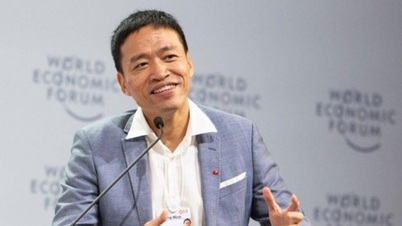






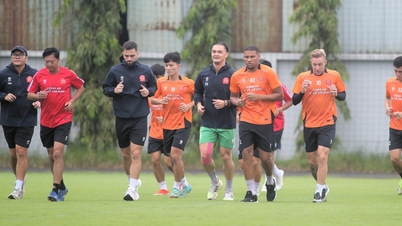
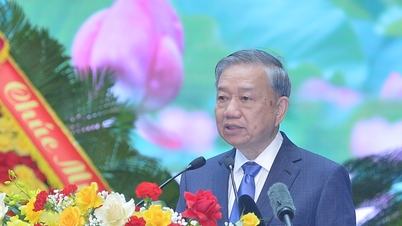
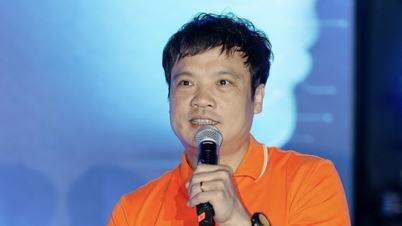

![[Photo] Editor-in-Chief of Nhan Dan Newspaper Le Quoc Minh received the working delegation of Pasaxon Newspaper](https://vphoto.vietnam.vn/thumb/1200x675/vietnam/resource/IMAGE/2025/9/23/da79369d8d2849318c3fe8e792f4ce16)












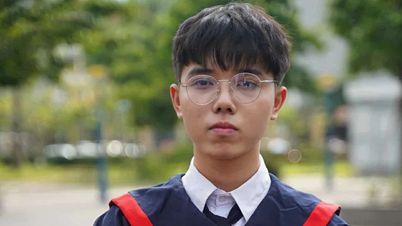























![[Photo] Solemn opening of the 1st Congress of Party Delegates of Central Party Agencies](https://vphoto.vietnam.vn/thumb/402x226/vietnam/resource/IMAGE/2025/9/24/82a89e250d4d43cbb6fcb312f21c5dd4)







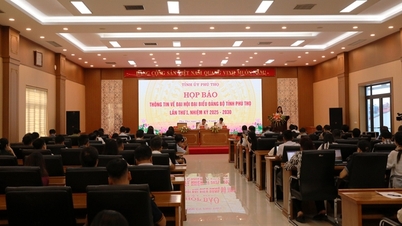
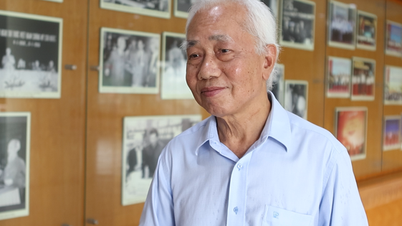











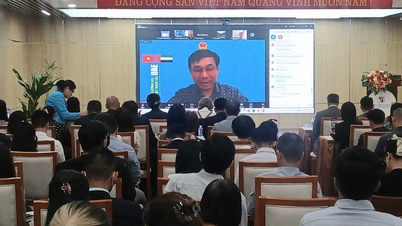













Comment (0)